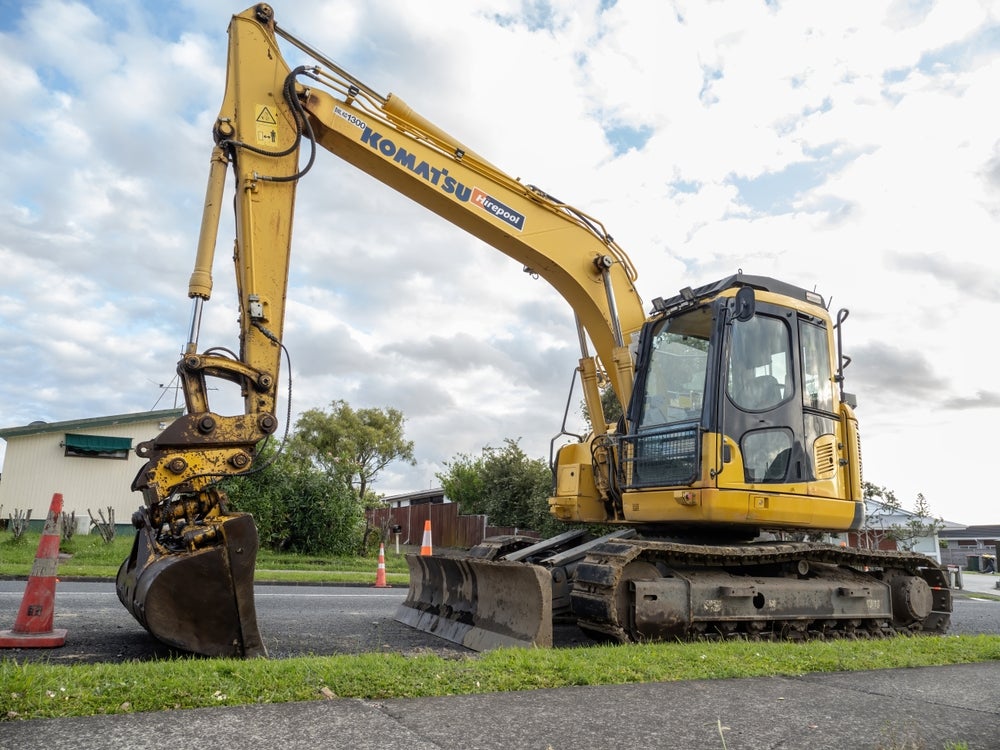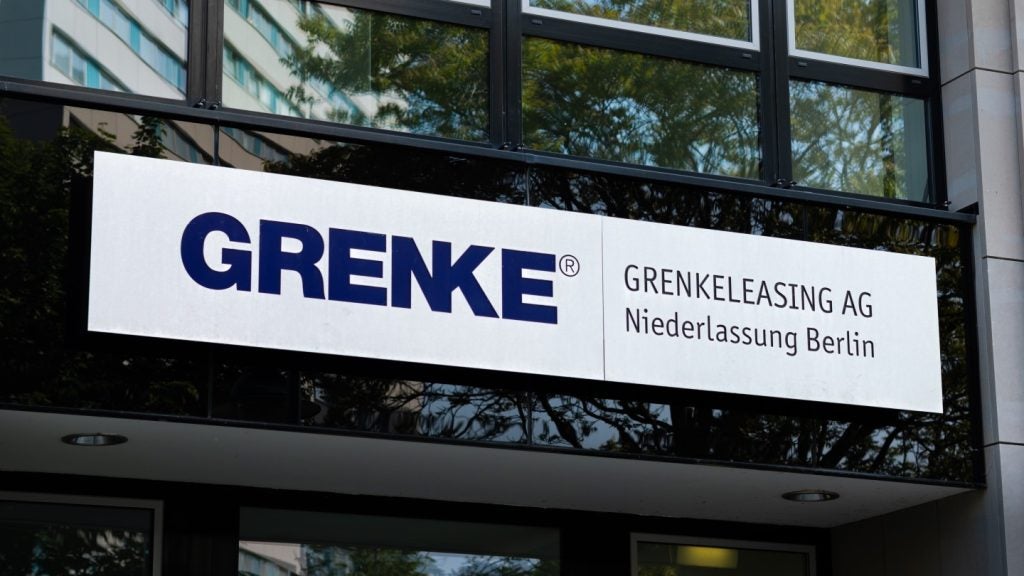
The global mini excavator market is expected to grow from $7.42bn (£5.82bn) in 2022 to $7.88bn (£6.18bn) in 2023 at a compound annual growth rate (CAGR) of 6.3%, according to Reportlinker.com.
The Russia-Ukraine war disrupted the chances of global economic recovery from the Covid-19 pandemic, at least in the short term. The war between these two countries has led to economic sanctions on multiple countries, a surge in commodity prices, and supply chain disruptions, causing inflation across goods and services and affecting many markets across the globe.
The mini excavator market is expected to reach $9.68bn (£7.59bn) in 2027 at a CAGR of 5.3%, according to the France-based business intelligence company.
The mini excavators market consists of sales of tail-swing excavators and zero-tail swing excavators. Values in this market are ‘factory gate’ values, that is the value of goods sold by the manufacturers or creators of the goods, whether to other entities (including downstream manufacturers, wholesalers, distributors, and retailers) or directly to end customers.
A mini excavator refers to a small, tracked, or wheeled construction machine designed for digging and excavation tasks. It has a small cab or operator platform with controls for the operator, a hydraulic system for powering the boom, bucket, and other attachments, and tracks or wheels for mobility. They are used for working on sensitive surfaces or in small areas where an excavator of the usual size wouldn’t fit as they are simple to operate and can transport materials to and from the job site.
Asia-Pacific was the largest region in the mini excavator market in 2022. Western Europe is expected to be the fastest-growing region in the forecast period.
How well do you really know your competitors?
Access the most comprehensive Company Profiles on the market, powered by GlobalData. Save hours of research. Gain competitive edge.

Thank you!
Your download email will arrive shortly
Not ready to buy yet? Download a free sample
We are confident about the unique quality of our Company Profiles. However, we want you to make the most beneficial decision for your business, so we offer a free sample that you can download by submitting the below form
By GlobalDataThe main types of mini excavators are wheeled and track excavators. A wheel is a circular component that rotates around an axle, enabling the movement and transportation of objects or vehicles over a surface.
They are available in less than 4 tons and 4 tons to 10 tons operational capacities and are utilised by various end-users such as agriculture, construction, and forestry.
Demand
The rise in construction activities is expected to propel the growth of the mini excavator market going forward. Construction activities refer to the use of advanced techniques, materials, and technologies in the construction of buildings, infrastructure, and other structures.
Mini excavators are used for the debris removal of construction materials and on sensitive surfaces or work in small areas where an excavator of the usual size wouldn’t fit. For instance, in November 2021, according to the Office for National Statistics, a UK-based statistics authority, new construction work increased by £15,380m ($16,854m) in 2021 cumulatively to reach £115,579m ($126,659m), up 15.3% from the previous year.
The annual rise increased by 23.7%, 28.1%, and 37.4%, respectively, in 2021 compared to the previous years due to primarily private housing, private infrastructure, and new public infrastructure projects. Therefore, the rise in construction activities is driving the growth of the mini excavator market.
Technology
Technological advancements are a key trend gaining popularity in the mini excavator equipment market. Major companies operating in the mini excavator market are adopting new technologies to sustain their position in the market.
For instance, in January 2022, Komatsu, a Japan-based construction and mining equipment manufacturing company, launched integrated machine control (iMC) 2.0 for mini excavators. This provides smart controls for mini excavator models PC290LCi-11, PC360LCi-11, and PC390LCi. The main features of iMC 2.0 technology are auto grade assist, which automatically adjusts the digging depth and bucket angle; auto stop control, which automatically stops the machine; facing angle compass, which uses a compass to help operators maintain a consistent facing angle during excavation; and real-time 2D and 3D mapping, which uses GPS and sensors to dig straight in the excavation site.
In December 2021, CNH Industrial NV, a UK-based capital goods and construction equipment company acquired 90% of the capital stock of Sampierana S.p.A. for $101.58m. This acquisition strengthens the construction equipment business of CNH Industrial NV, provided access to market-leading products, distribution network, and manufacturing expertise, as well as a presence in key market categories. Sampierana S.p.A. is an Italy-based company that manufactures compact and mini excavators.
Players
Major players in the mini excavators market are AB Volvo, Caterpillar, Hitachi, Deere & Company, Hyundai Construction Equipment, J C Bamford Excavators, Kobe Steel, Komatsu, Takeuchi Mfg, Doosan Infracore, Cukurova Ziraat Endustri Ve Ticaret, Bobcat Company, Bharat Earth Movers, Terex Corp, and Guangxi Liugong Machinery.
The big nation-state players in the mini excavators market are Australia, Brazil, China, France, Germany, India, Indonesia, Japan, Russia, South Korea, the UK and the USA.







